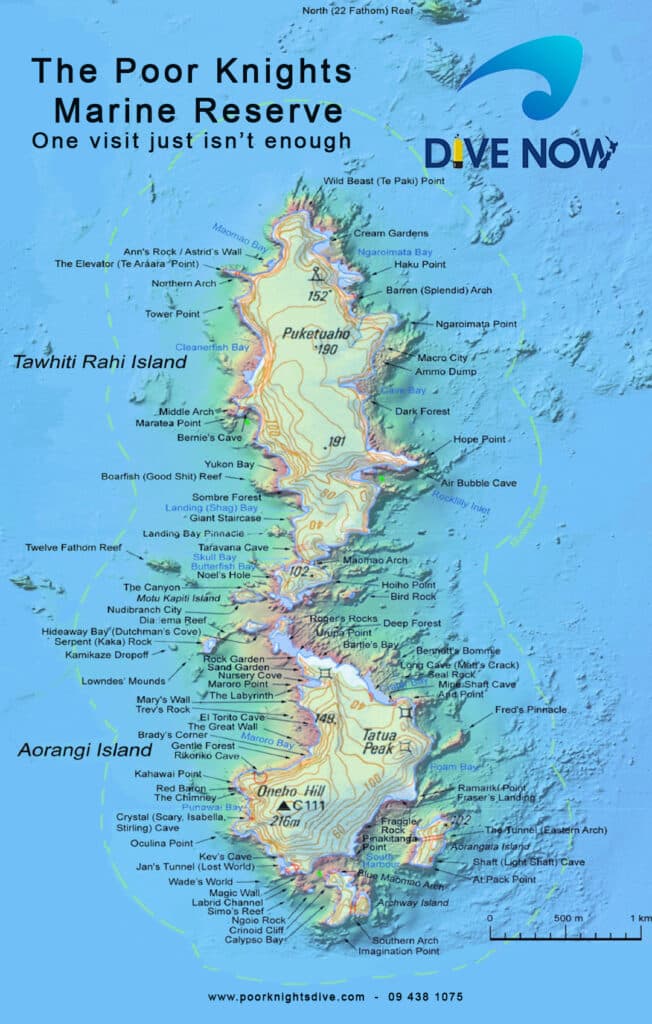Why Tawhiti Rahi (the Poor Knights Islands) in New Zealand are one of the best diving destinations in the world.
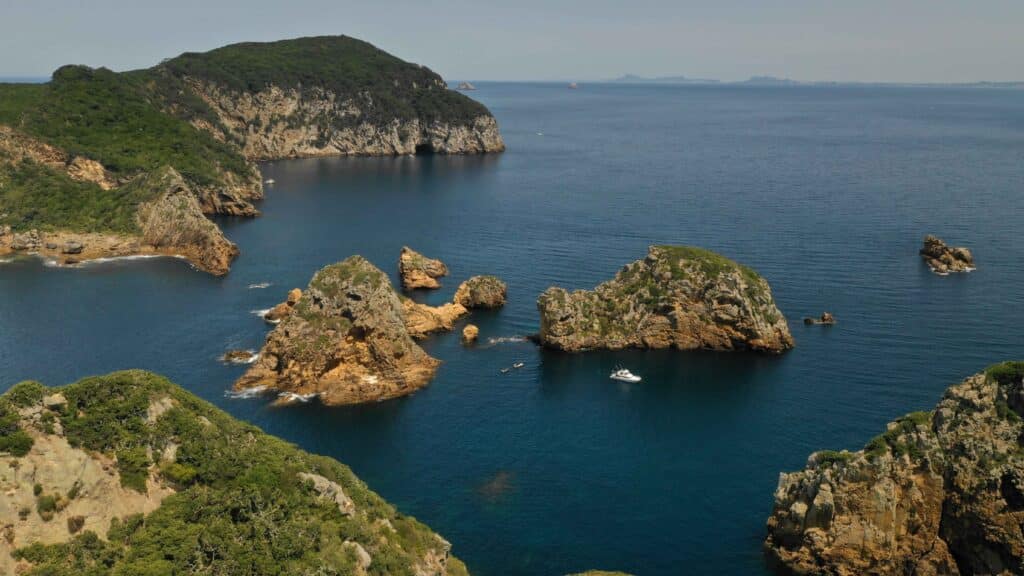
Exploring the Poor Knights Marine Reserve: A New Zealand Diving Paradise and haven for wildlife
Nestled off the northeast coast of Aotearoa’s North Island, Tawhiti Rahi (the Poor Knights Islands) Marine Reserve is a world-renowned diving and snorkeling destination. The islands are the remains of a volcano and are located 23 kilometers off the coast of Whangarei. The waters around the islands are home to an extraordinary array of marine life, making them a must-visit for divers, snorkelers, and nature lovers alike.
Snorkeling and Kayaking Adventures
While the Poor Knights are best known for their incredible diving, non-divers can also experience the magic of the marine reserve. Snorkeling offers an up-close view of the underwater wonders, with crystal-clear waters providing excellent visibility. Kayaking and even paddle boarding around the islands allows visitors to explore hidden caves and rocky coastlines, while also encountering seabirds like gannets and petrels nesting on the cliffs.
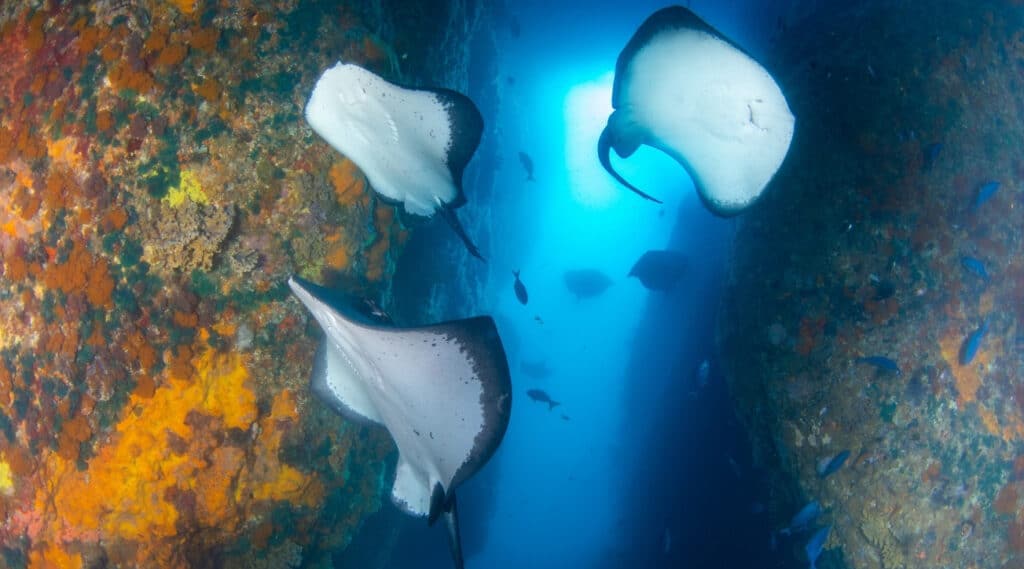
A Protected Marine Sanctuary
The Poor Knights Marine Reserve was established in 1981, becoming New Zealand’s second Marine Reserve after Goat Island. But it only encompassed a very small area and it wasn’t until 1998 that it gained full protection around all of its coastline out 800 metres to sea, ensuring the complete protection of the waters surrounding the islands. As a no-take zone, all forms of fishing and resource extraction are prohibited, allowing marine life to flourish in an undisturbed ecosystem. This protection has resulted in an abundance of fish and a thriving underwater environment that draws marine enthusiasts from around the globe.
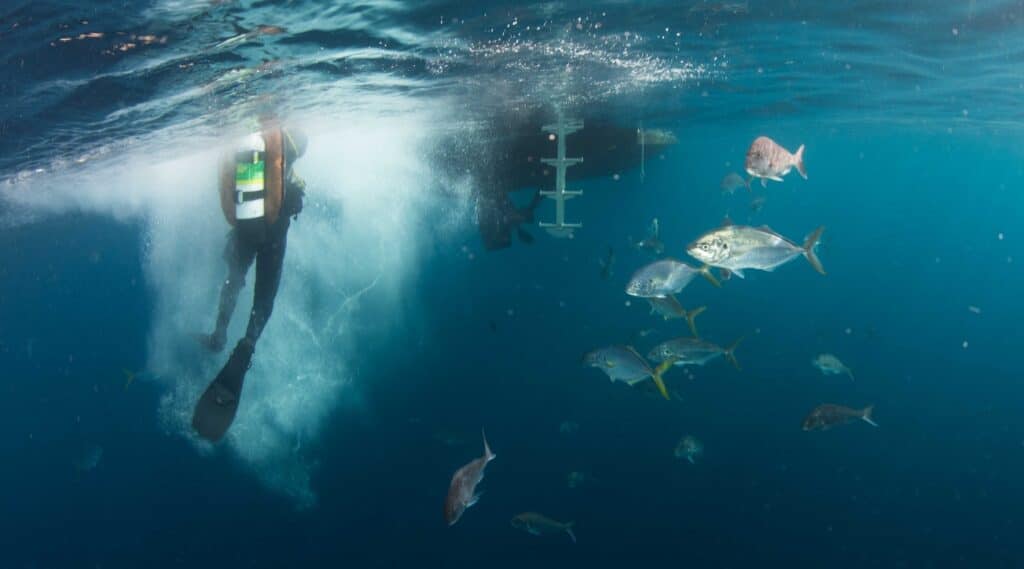
Exceptional Marine Life
Due to its location in the convergence of subtropical and temperate waters, the Poor Knights Marine Reserve hosts a diverse mix of marine species. Schools of blue mao mao, kingfish, and snapper patrol the reefs, while moray eels, stingrays, and colourful nudibranchs hide in the rocky crevices. The reserve also sees visits from larger pelagic species, including sharks, manta rays, sunfish (Mola mola), and even occasional orcas and dolphins. The warm currents from the East Australian Current bring in rare tropical species not commonly found elsewhere in New Zealand, making every dive a unique experience.
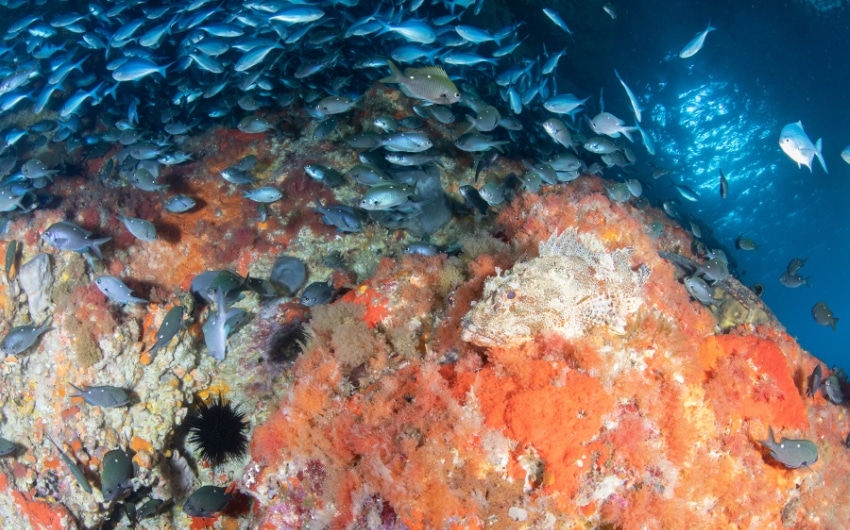
Unique Underwater Topography
The Poor Knights Islands were formed by volcanic activity millions of years ago, creating a dramatic and diverse underwater landscape. Divers can explore sheer drop-offs, caves, tunnels, and archways, with some of the most famous sites including Rikoriko Cave—one of the world’s largest sea caves—and Blue Maomao Arch, a breathtaking swim-through teeming with fish. The varying depths and structures make the reserve suitable for all levels of divers, from beginners to advanced.

Conservation and Respect
As a protected marine reserve, conservation is a top priority at the Poor Knights. Visitors are encouraged to follow sustainable diving and snorkeling practices, avoiding contact with marine life and adhering to strict no-take and no feeding regulations. Tour operators play a crucial role in educating visitors on the importance of preserving this pristine environment.
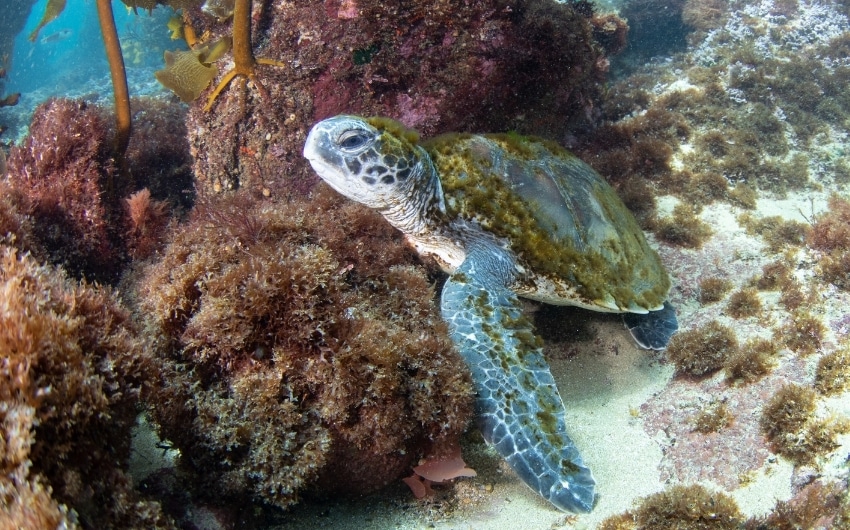
What calls the Poor Knights home?
Think of the ocean as a garden and you will have different things growing in the various seasons. We see this too at the Poor Knights as the breeding and feeding pattern of animals cycles through.
Whilst most of our marine life is present all year around, over the summer we get more food and warmer currents closer to the islands and so are treated with seeing more variety of species including our larger pelagics during the warmer months.
Over the winter our New Zealand Fur Seals use certain rocky areas to haul out and rest. Some lucky snorkelers and divers may have a young seal come and check them out. Generally our marine mammals are a rare chance encounter, but it is the ocean and so you never know what may be swimming past, so always keep looking.
Also rarer sightings of migratory animals may be seen at the islands or on the journey over from the main land. Passing along New Zealand’s coast line on their way North to the Islands of Fiji, Niue and Tonga or South to the nutrient rich Antarctic. Humpback Whales and Blue Whales are an example of this.
Occasionally a misfortunate species may be brought here away from there on the currents. Some may not survive long in the cooler waters or if they do, they may not breed due. to the lack of a mate or the conditions.
Fish life
- Bony fishes
- Sharks and Rays
Invertebrates
- Nudibranches
- Molluscs
- Crabs, shrimps and Lobsters
- Octopus and Squid
- Sponges
- Ascidians
- Anemones
- Jellies and Salps
- Bryozoans
- Sea stars and Urchins
- Sea Squirts
Algae gardens
- Red Algaes
- Green Algaes
- Brown Algaes
Marine mammals
- New Zealand Fur Seals
- Bottle Nosed Dolphins
- Common Dolphins
- Pilot Whales
- False Killer Whales
- Orca
- Brydes Whales
- Humpback Whales
Turtles
- Green Turtles
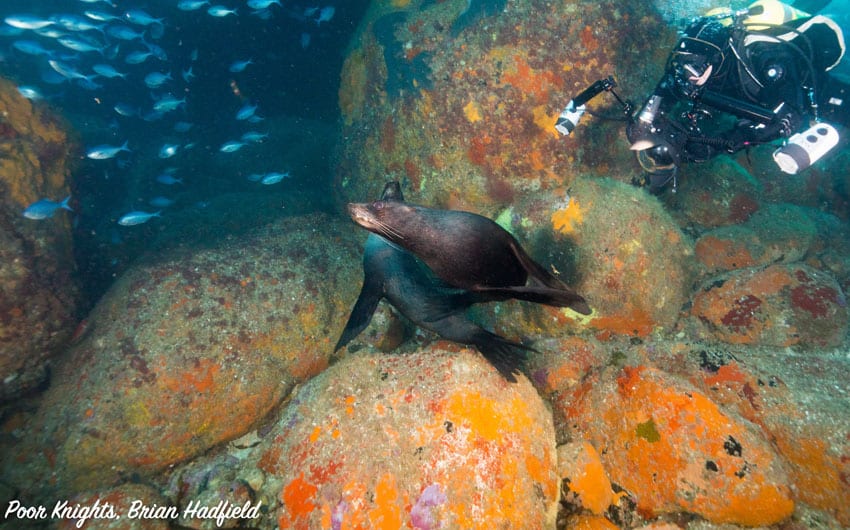
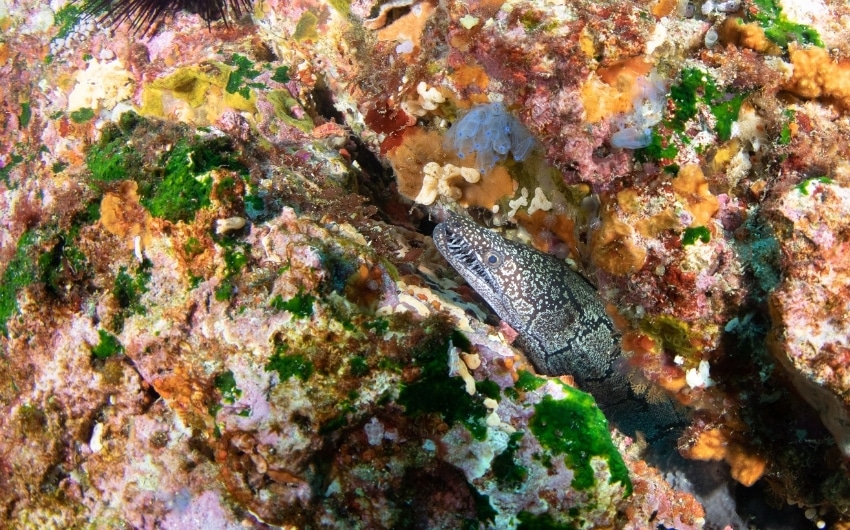
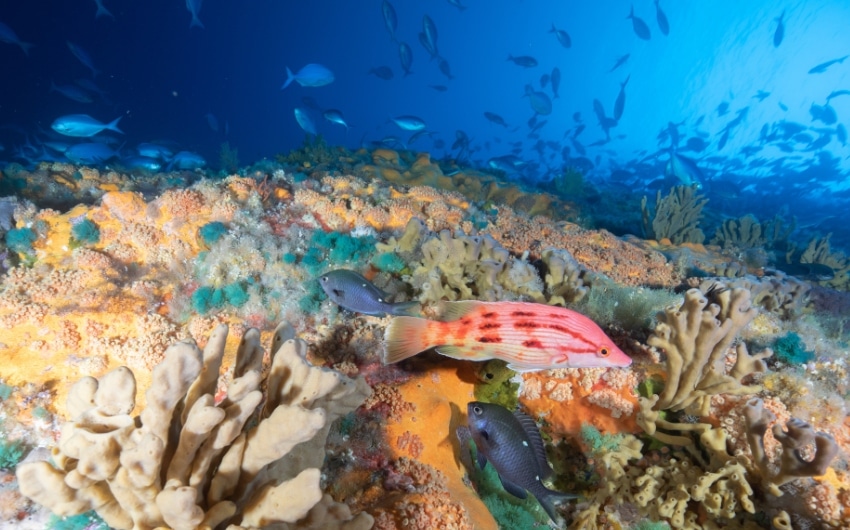

A Must-Visit Destination
Whether you’re an experienced diver, an eager snorkeler, or simply a lover of marine life, the Poor Knights Marine Reserve offers an unforgettable adventure. Its stunning underwater landscapes, rich biodiversity, and strict conservation measures make it one of the best diving locations in the world. A trip to the Poor Knights is not just an exploration—it’s a chance to witness the beauty of nature at its most untouched.
Plan your visit, grab your dive gear and BOOK NOW. Be prepare to be amazed by the underwater paradise that is the Poor Knights Marine Reserve. For divers, we would recommend at least 3 days to get a good taster of the islands.
